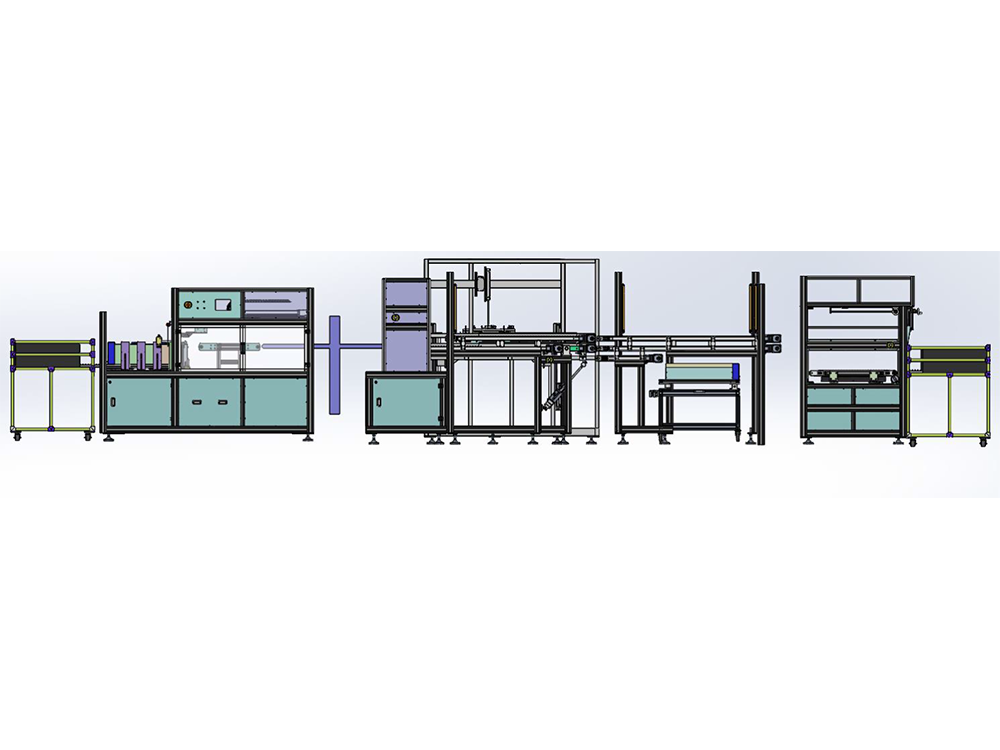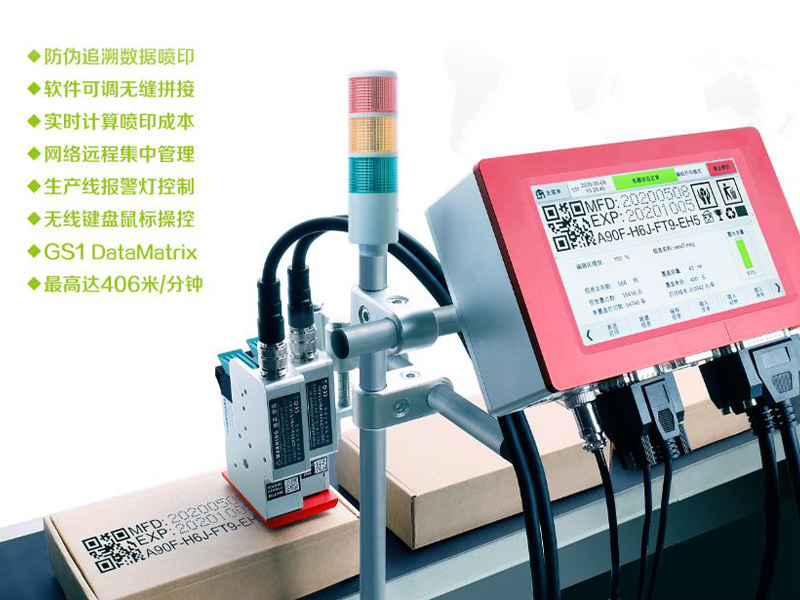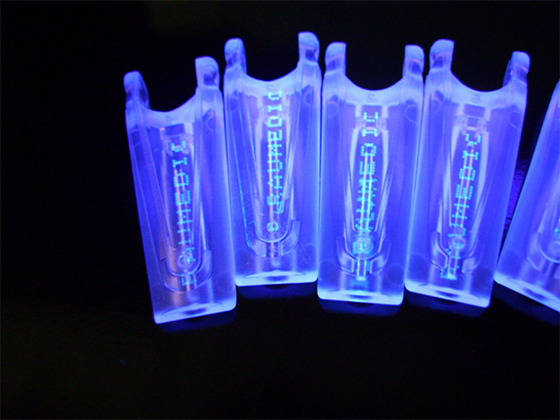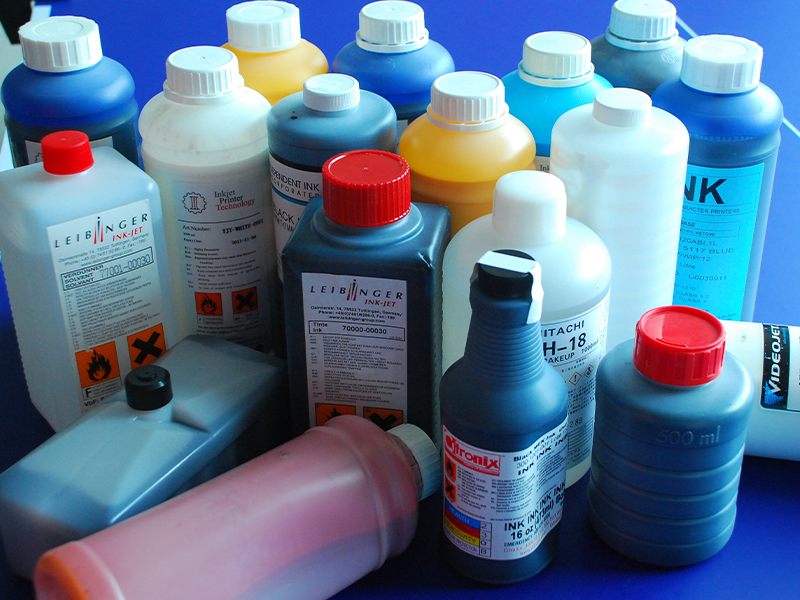
Printing ink is an important material for printing, it through the way of printing or printing patterns, text on the substrate. The following is a detailed analysis of the printing ink:
### Basic overview of 1.
* **Definition**: Printing ink is a viscous colloidal fluid composed of multiple components, used for the presentation of patterns and text during the printing process.
* **Ingredients**: Mainly includes binders (such as resins), pigments, fillers, additives and solvents.
* * * use * *: widely used in books, packaging and decoration, architectural decoration and electronic circuit board and other printing fields.
### 2. type classification
Printing ink can be divided into various types according to different classification criteria:
* **Classification by printing method * *:
* * * * Lithographic printing ink * * (lithographic ink): It has good water resistance and can be divided into sheet-fed paper ink and web ink. The former is mostly quick-drying oxide conjunctival ink, while the latter is mainly permeable drying.
* **Letterpress printing ink** (embossing ink): The viscosity varies widely, which is related to the printing speed, and has various drying methods.
* **Gravure printing ink** (Gravure ink): It is divided into gravure ink and engraving gravure ink. The former has low viscosity and the latter has high viscosity.
* **Hole plate printing ink**: requires good fluidity, low viscosity, fast transfer and drying.
* **Inkjet printer ink**: With the help of electric field force jetting on the surface of the substrate, it is divided into water-based, solvent-based and UV-curable.
* * * Classified by special function **: Including foaming ink, magnetic ink, fluorescent ink, conductive ink, etc. These inks need thicker ink layer to have good performance and have specific functional characteristics.
### Physical and chemical properties of 3.
The physical and chemical properties of printing ink mainly include density, fineness, transparency, gloss, light resistance, heat resistance, acid, alkali, water, solvent (alcohol) and so on. These properties directly affect the printing effect and the scope of application of the ink.
### 4. manufacturing process
The manufacturing process of ink involves the selection of raw materials, mixing, rolling and other steps, aiming to form a uniform and stable ink product. With the development of the chemical industry, new synthetic resins and advanced organic pigments are widely used in ink manufacturing, which makes the ink more abundant and more excellent in performance.
### 5. Market and Development
**Market demand**: With the increase of social demand, ink varieties and production also expand and grow accordingly. Especially in emerging fields such as inkjet printing and 3D printing, the demand for special inks is increasing.
* **Environmental trends**: Ink as one of the sources of pollution in the printing industry, its environmental performance is getting more and more attention. The development and application of environmentally friendly inks such as water-based inks, soybean offset inks, and UV inks are gradually becoming industry trends.
To sum up, printing ink plays a vital role in the printing industry. With the continuous advancement of technology and the continuous changes in market demand, the types, performance and manufacturing processes of inks are constantly developing and improving.
Previous Page:
Next page:
Previous Page:
Next page:
Various materials ink

Contact Us:
inkjet@china-inkjet.cn
Classification:
Key words:










